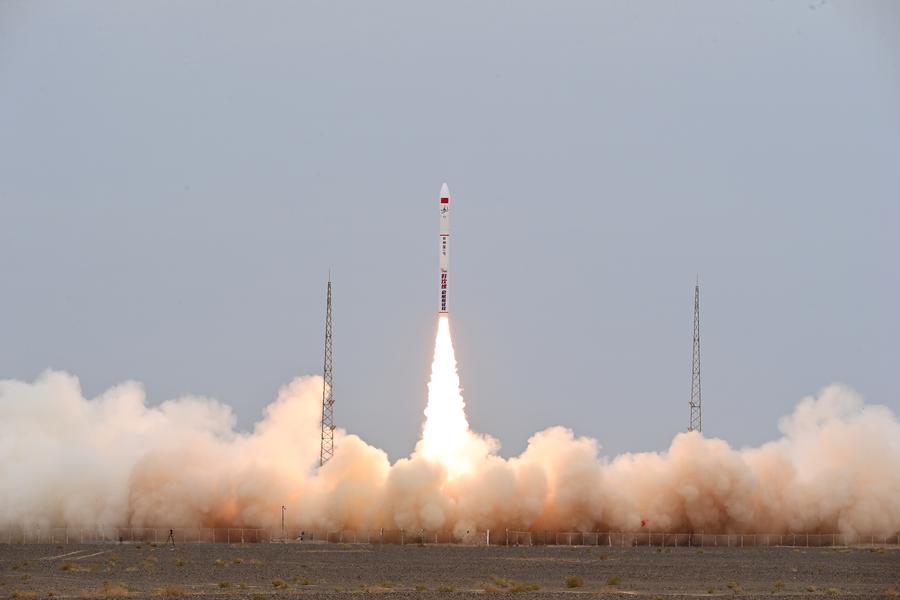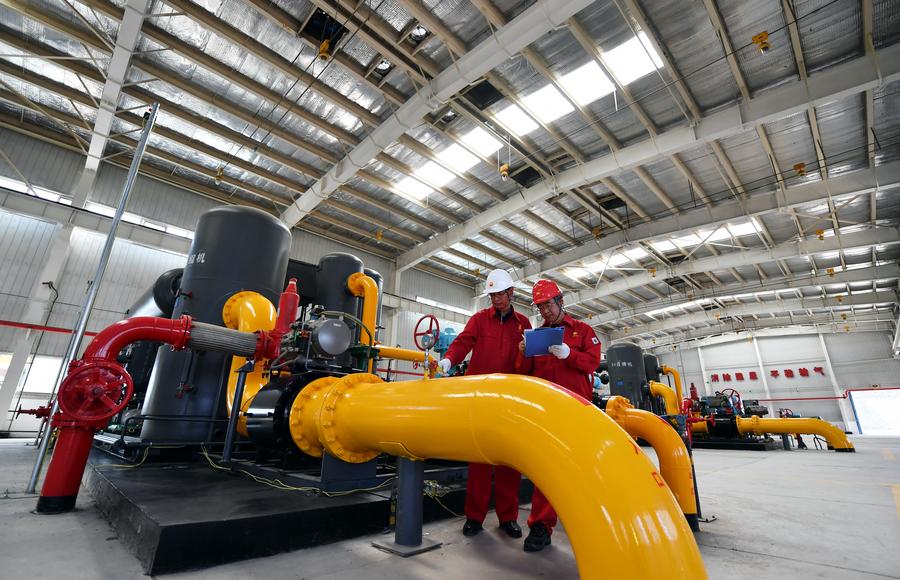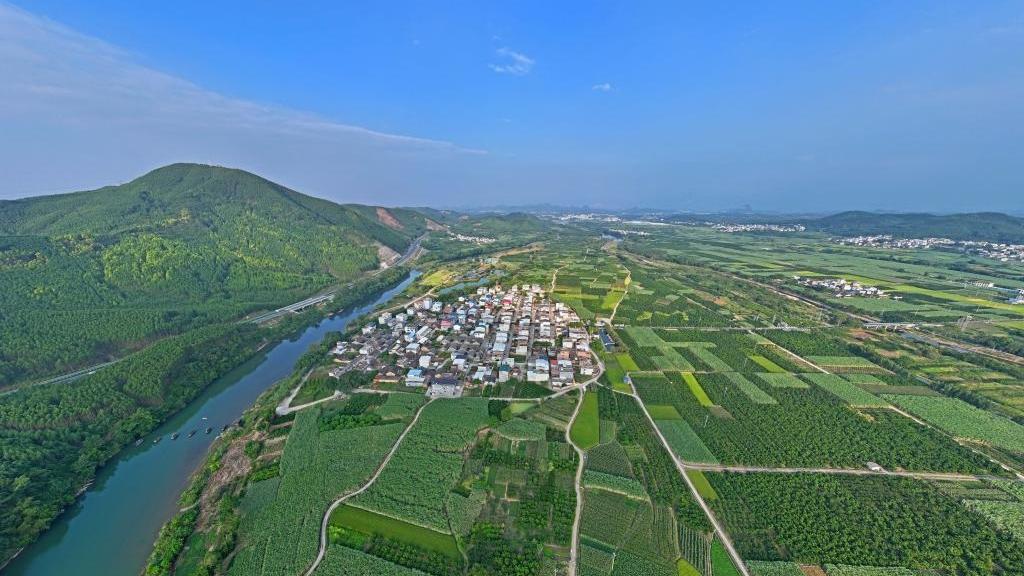China's methane-tracking satellite to join fight against global warming

The CERES-1 Y7 carrier rocket carrying seven satellites, including the Xiguang-1 01 satellite, blasts off from the Jiuquan Satellite Launch Center in northwest China, Aug. 10, 2023. (Photo by Wang Jiangbo/Xinhua)
BEIJING, Oct. 16 (Xinhua) -- China's 2024 schedule of intense spacecraft launches will include the launch of a methane tracker -- a commercial satellite designed to monitor methane emissions worldwide.
Coded XIGUANG-004, the 75-kg satellite will carry multiple payloads, including a methane concentration detector and an imaging camera. These payloads are capable of identifying sources of methane emissions in coal mines, landfills, and oil and gas fields.
Scientists say it is important to monitor methane emissions as the colorless, odorless gas is the second-largest contributor to climate warming, after carbon dioxide.
"The duration of methane in the atmosphere is shorter than that of carbon dioxide, making it more urgent to reduce its emissions," said Liu Yi, director of the Carbon Neutrality Research Center under the Chinese Academy of Sciences.
According to Liu, scientific and technological methods can help reduce methane emissions in the short term, facilitating the utilization of otherwise wasted methane produced during coal and oil mining. Increasing the number of methane-monitoring satellites is also crucial for emissions cuts.
"One of the major challenges we are facing is that current satellites cannot provide sufficient global coverage, resulting in a lack of data," Liu said in a media interview.
The development of international standards for methane emissions is underway. With a sufficient number of satellites, it will become possible to effectively monitor the methane emissions of enterprises.
"If an enterprise exceeds the set emissions standards, it will be required to provide economic compensation for failing to do so," Liu said, explaining the role such satellites play in reducing methane emissions.

This photo taken on June 25, 2022 shows workers checking equipment at the workshop of a coalbed methane mining base in Qinshui County, north China's Shanxi Province. (Xinhua/Wang Feihang)
China has set the goals of peaking its carbon emissions before 2030 and achieving carbon neutrality before 2060. This has been reinforced by its comprehensive approach to green and low-carbon development, and the new satellite is part of the efforts.
The satellite was developed by Xiopm Space, a commercial satellite maker in Xi'an, capital city of northwestern Shaanxi Province. The firm launched a satellite into space in August 2023, and it aims to develop a constellation of 108 hyperspectral satellites by 2030.
Qin Xiaobao, deputy director in charge of the company's data application, said that existing technology cannot efficiently and accurately monitor small-scale human-made emissions sources, also known as point sources. In China, the main point sources of methane gas emissions are coal mining, landfill sites, rice farming areas and livestock raising areas.
The new XIGUANG-004 satellite is capable of detecting methane leaks at such specific sources and evaluating the extent of those leakages in high spatial resolution, thus filling the gaps in existing technology, Qin said.
"With the help of this satellite, we can effectively monitor and track point source methane emissions worldwide," Qin added.
Photos
Related Stories
Copyright © 2024 People's Daily Online. All Rights Reserved.









